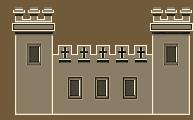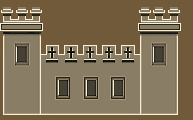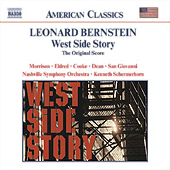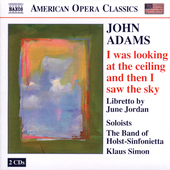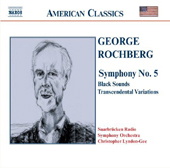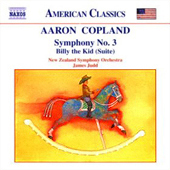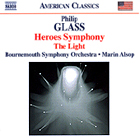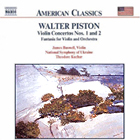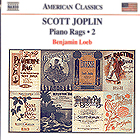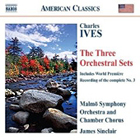 HOME HOMENew Releases Reviews of Recently Released Classical CD Recordings Essential Recordings Reviews of Essential Classical CD Recordings Definitive Recordings Reviews of Definitive Classical CD Recordings Award Winners International Critics Choice Award Winners Performers Reviews of Performing Artists DVD and Blu-ray Vivid Images on DVD And Blu-ray Overviews Classical Music Series, Cycles and Events in the Recording World
HYPERION - The Romantic
RecommendationsPiano Concerto Series HYPERION - 30th Anniversary Series GUSTAV MAHLER - Michael Tilson Thomas Cycle NAXOS - The American Classics Series BIS - The Complete Jean Sibelius Edition WILLIAM BYRD A Byrd's Eye View EVEREST RECORDS CHANDOS - The Film Music Series Recordings that will stand the test of time |
OVERVIEWS - NAXOS - THE AMERICAN CLASSICS SERIESOne tries in vain to see the development of American music or any single phase of it as a simple organic process of growth.
Rather, it developed, like the country itself, from a number of different starting points and in a number of different directions at once.
It was always the product of at least two different forces, and sometimes more, each encounter working irretrievable changes in the quality,
quantity, and direction of the forces coming together. (Thus begins the book American Music by Irving L. Sablosky). At first, the English influence was so strong that the bulk of the music played during the early 1800s was traditional church hymns, or songs and madrigals from the pens of Dowland or Byrd. But after a while native musicians, especially in New England, began to assert themselves. Some of the very first American composers were, for example, Lowell Mason, Thomas Hastings, William Batchelder Bradbury, Isaac Baker Woodbury....some of these writing textbooks for home study. Most of these pioneers of American art music were eventually overshadowed by Stephen Foster, considered the first American minstrel. After a while, with more and more foreigners coming to America, a parade of musical virtuosi began invading the country, which brought about the first American instrumental giants, like Louis Moreau Gottschalk. In the late 1800s, some of the more prominent composers were John Knowles Paine, George Chadwick, Arthur Foote, Edward MacDowell ... who were considered the Faurés and the Elgars of America. And of course, the 20th century saw the rise of composers and musicians with a decidedly American sound in their veins. Aaron Copland, William Schuman,
Roy Harris, Charles Ives, George Gershwin, Leonard Bernstein, Philip Glass, etc. .. Still, most American composers, even the well-established ones,
are constantly being overlooked by record labels and concert halls, who still rely on the old status quo classics like Mozart, Vivaldi and Brahms,
to name but a handful. The executives at Naxos are driving down American roads and highways rarely travelled by other labels, and unearthing lost or
forgotten treasures in the process, and establishing once and for all the identity of American music for all of us to enjoy! |
